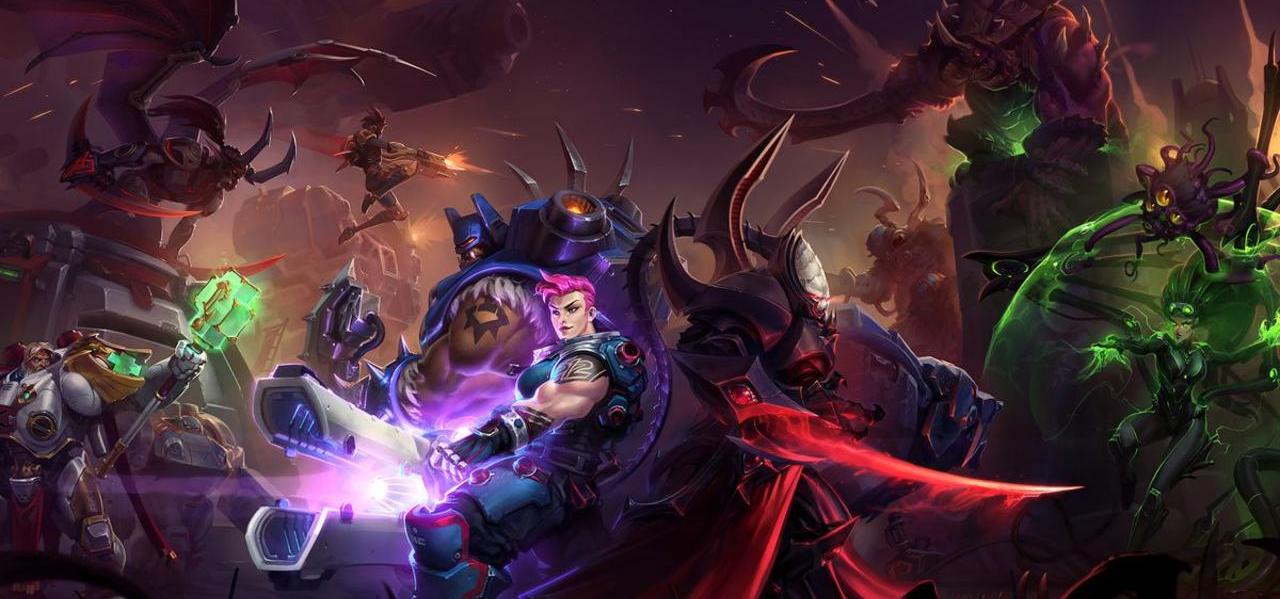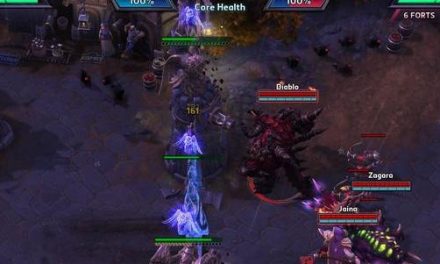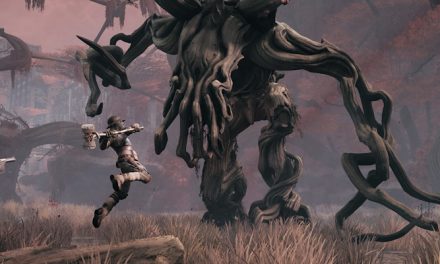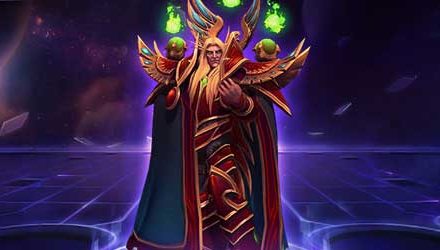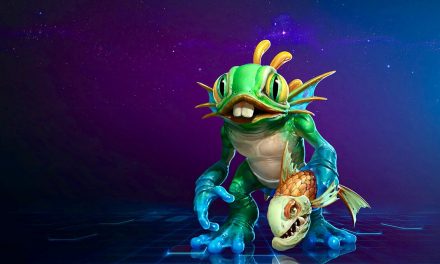There’s been a good response from my previous entry on HOTS terminology, and today I’m presenting a follow-up with even more useful information when it comes to understanding the aims and goals of your team! While these additional terms may not be universal among the players of Heroes of the Storm, if you ever find yourself playing with our group, you’ll quickly fit in after reading these entries.
- Pushed out — positioning is important not only for player-controlled heroes, but also when it comes to the NPC minions and mercenaries that inexorably push toward the enemy core. If a lane is “pushed out,” it means the opposition is so far away that a friendly teammate can’t safely participate in the battles out there, which also means they can’t collect the XP
- Rotate — some maps, particularly Tomb of the Spider Queen, have lanes that are close enough together that it’s possible to have one group of heroes try to soak XP from both at the same time. This entails killing all of the hostile minions in one lane, racing to the other, and repeating the cycle over and over again. Timing is crucial to have an effective rotation, and the entire group needs to be up to speed as to the plan; a 3- or 4-person rotation that falls apart after one cycle is no better than having split the lanes to begin with
- Double-Soak — while almost exactly the same in practice as rotating, “double-soaking” refers to a single hero trying to collect XP from multiple lanes, particularly when the rest of the team is off completing an objective. Being able to effectively double-soak takes good knowledge not only of a hero’s mechanics but also a very developed sense of timing, and an understanding from the rest of the team that they are giving up a potential win at the objective to race ahead in XP
- Freeze the Lane —an advanced tactic used by experienced and high-tier HOTS players, “freezing” a lane is akin to forcing a lane to be pushed out for the opposing side, denying them the ability to soak experience. Freezing a lane entails letting the hostile minions overtake your own NPCs, and only engaging them when they’re within tower range. The minions attack you, with minimal damage, the towers kill the minions, and if any hostile heroes come close, the towers switch targets to them and start doing actual damage. There are many video guides about this topic, and I encourage everyone to check them out
- Kiting — like the titular kite in a windstorm, being kited is to have an opposing player stay just outside of your effective range, encouraging you to chase them around, usually to a disadvantageous position. Conversely, kiting an opponent is to goad them into chasing you, normally away from a lane (to deny them XP), away from an objective/team fight, or just because you think it’s funny
- Zone — previously I’ve written on the real job of a tank, which isn’t always to soak damage. One of the most valuable roles a tank or heavy bruiser character can fulfill is to keep the opposing team from collapsing in and turning the tide of battle. Taks generally do anemic damage at best, and so aren’t well-suited for taking camps, bosses, or other map objectives that require a lot of punching. They are far more useful positioning themselves in such a way that the enemy team, were they to try and attack, would have to go through the tank—which would provide advance notice and can often dissuade a fight by their mere presence. If you’re playing a match and the tank consistently stands on the hostile side of an objective without seeming to engage, they’re actually doing their job
- Moral Victory — sometimes a loss is all but inevitable. Whether the team composition was terribly lop-sided for a given map (e.g. lots of global movement on Sky Temple) or by relative skill level, sometimes it’s important to treasure the small and momentary victories, even in the face of a match loss. This could mean getting damage on the opponents’ front walls, preventing a Kael’thas from getting Convection, or doing more hero damage than the opposing healer. In any case, these (often hollow) wins are called “moral victories” by our team when we’re feeling just sarcastic enough to be cynical
- “All Me, no Help” — upon the death of a hero, HOTS makes note of and displays the character which delivered the killing blow, no matter how much—or little—that character had to do with their death in general. Whenever someone in our group does functionally nothing to aid in killing a hostile hero, but manages to get the final touch, they often loudly proclaim that it was “all [them], with no help” from the rest of the team as a way of drawing attention to the fact that it was exactly the opposite
- Waveclear — an important, and often overlooked, part of team composition is the ability to defeat waves of enemy minions quickly and efficiently. Characters like Malthiel and Zagara have AoE attacks which utterly ruin hostile forces, but many characters simply don’t. If a team doesn’t think about their (in)ability to take care of approaching NPCs, it’s very likely that they will run into problems as the match goes on and waves get harder and harder to deal with
Header image from promotional material for Heroes of the Storm, copyright Blizzard

